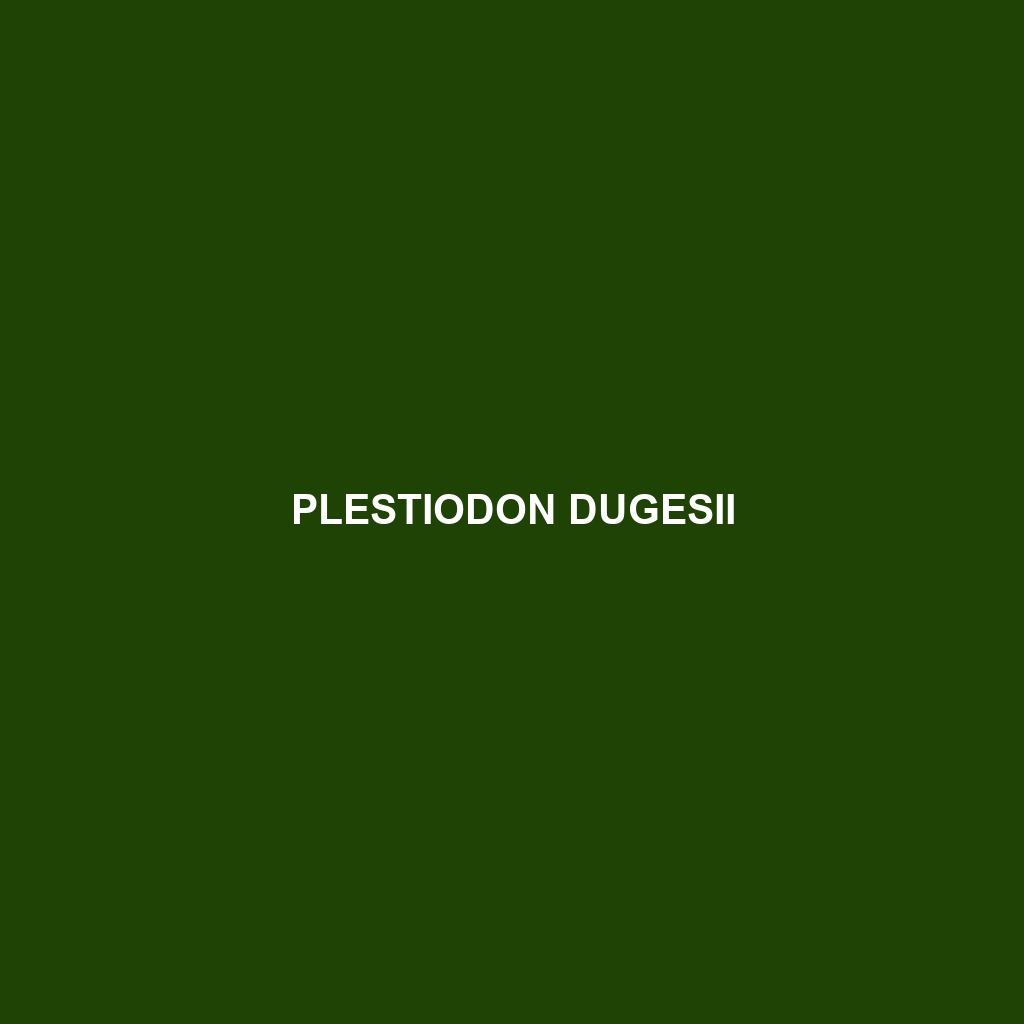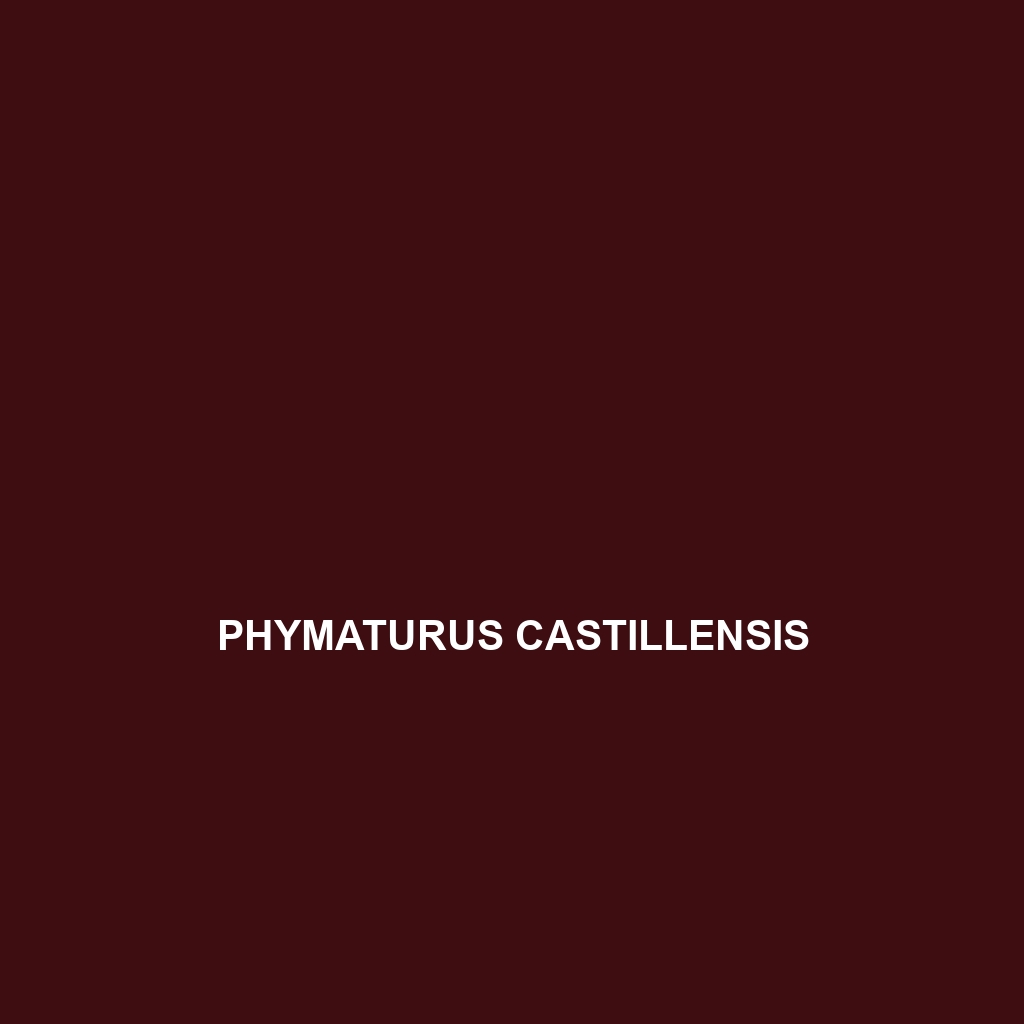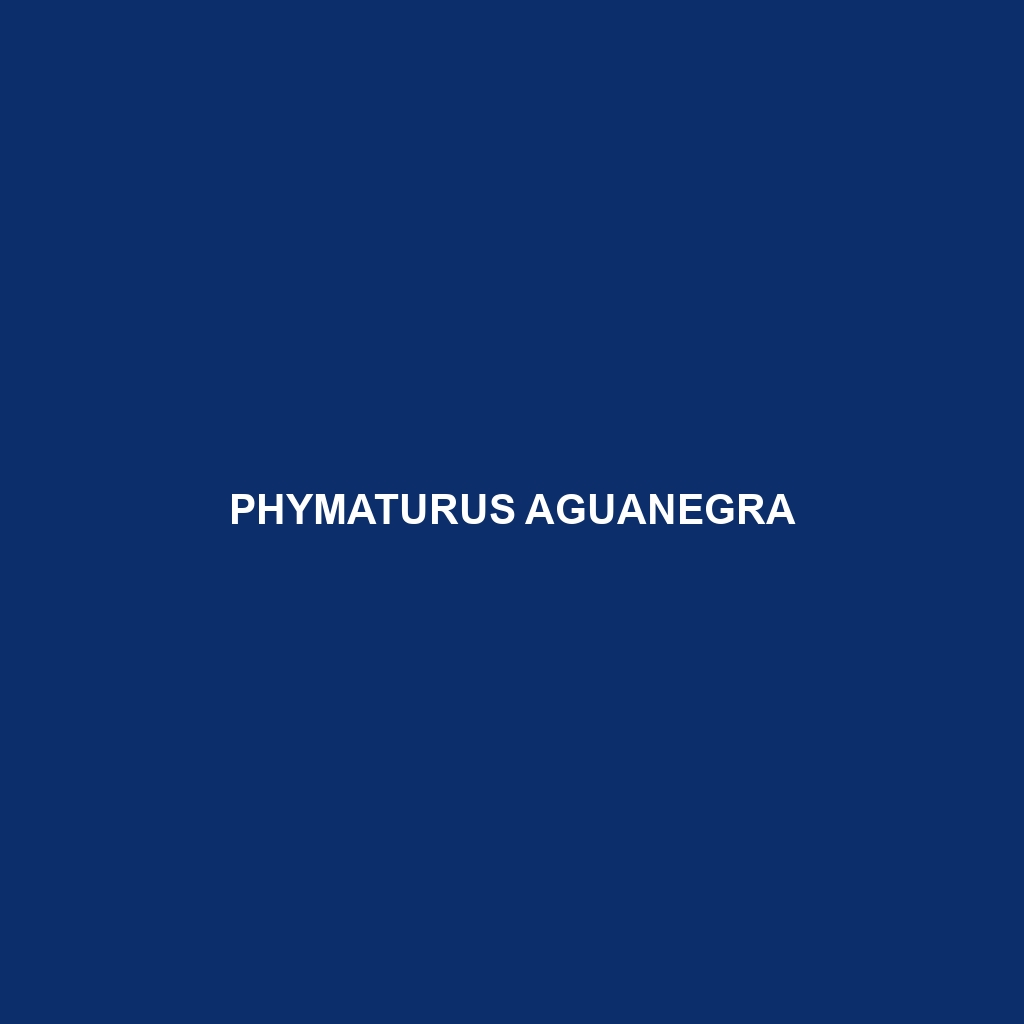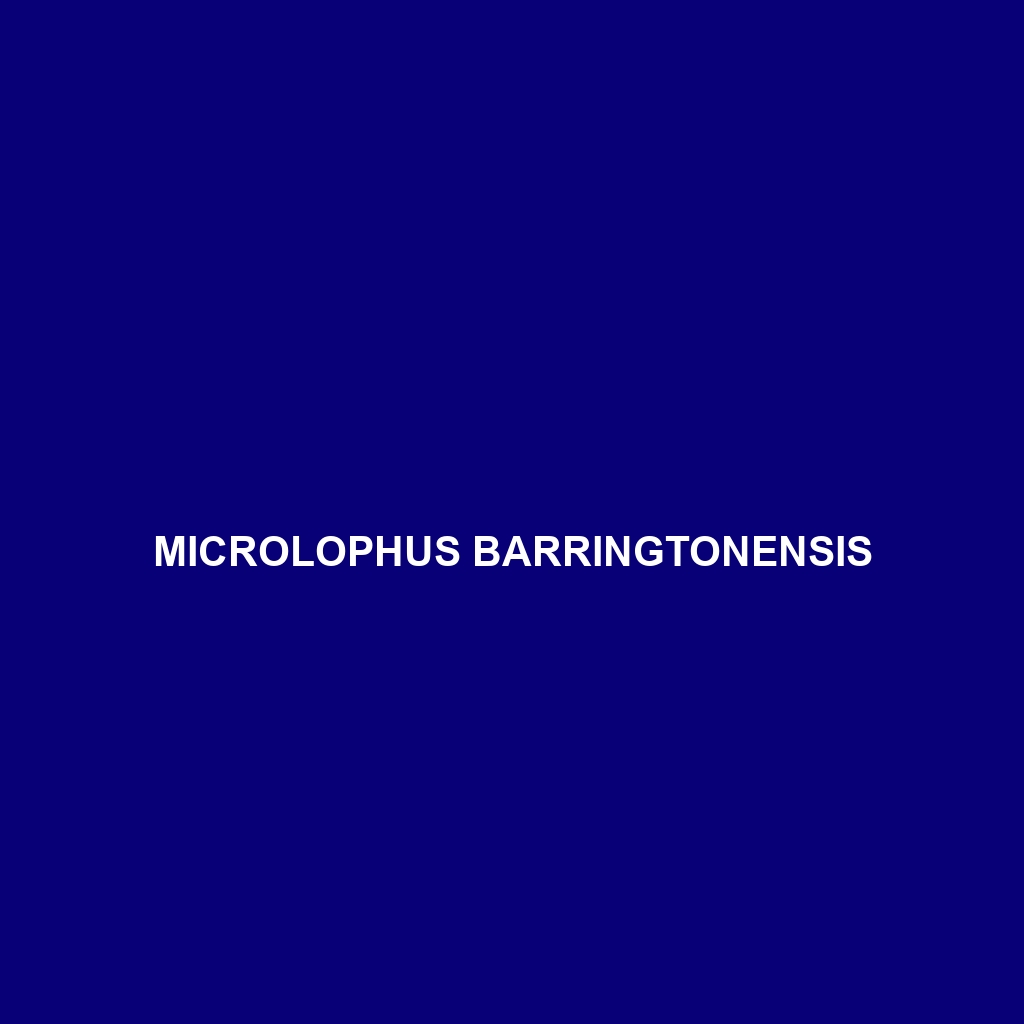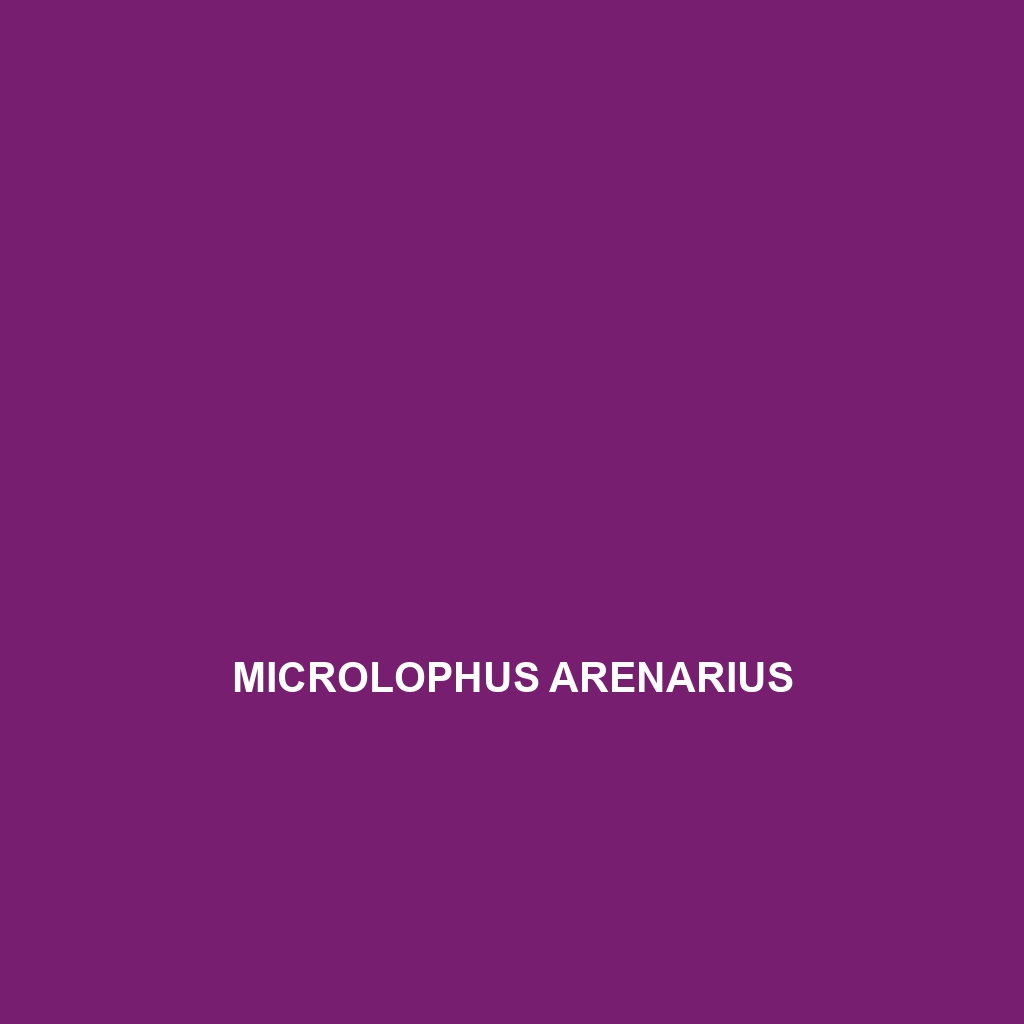<p><b>Plestiodon dugesii</b>, known as Duges' skink, is a striking lizard found in northern Mexico and the southwestern United States, characterized by its elongated body, vibrant dorsal stripes, and diurnal behavior. This adaptable species thrives in various habitats, primarily feeding on insects and playing a crucial role in its ecosystem as both predator and prey.</p>
Tag: territorial behavior in lizards
Phymaturus patagonicus
<p><b>Phymaturus patagonicus</b>, also known as the Patagonian lizard, is a robust, insectivorous reptile native to the arid regions of Patagonia, Argentina. Measuring 15 to 25 centimeters, it features distinctive coloration for camouflage, exhibits fascinating territorial behaviors, and plays a vital ecological role by controlling insect populations and serving as prey for birds of prey.</p>
Phymaturus castillensis
Discover the fascinating Phymaturus castillensis, a diurnal lizard from the temperate Andes of Argentina, known for its striking brown and grey patterns, robust body, and unique burrowing behaviors. This species plays a crucial role in maintaining ecological balance by controlling insect populations and serves as prey for larger predators.
Phymaturus aguanegra
<b>Phymaturus aguanegra</b>, a medium-sized lizard native to the temperate forests and rocky outcrops of Patagonia, showcases a robust body with deep gray or black coloration, aiding its camouflage in harsh, arid climates. This insectivorous species is primarily diurnal, exhibiting distinctive territorial behaviors during mating season, while facing threats from habitat loss, leading to its vulnerable conservation status.
Phrynocephalus roborowskii
Phrynocephalus roborowskii, also known as Roborowskii’s desert lizard, is a small, agile lizard native to the arid landscapes of Central Asia, specifically the Gobi Desert, characterized by its pale yellow to light brown coloration, spiny scales, and large bulbous eyes. Adapted to harsh conditions, this insectivorous reptile exhibits fascinating behaviors, including territorial displays and quick burrowing to evade predators.
Pholidobolus macbrydei
<b>Pholidobolus macbrydei</b> is a striking lizard species native to the tropical rainforests of Ecuador and Peru, characterized by its vibrant coloration, elongated body, and tree-climbing abilities. This insectivorous reptile plays a crucial role in maintaining ecological balance by controlling insect populations and facilitating seed dispersal within its habitat.
Phelsuma borbonica
Discover the vibrant Phelsuma borbonica, or Madagascar Day Gecko, known for its striking green coloration and adaptability to various habitats, including rainforests and coastal regions. These diurnal lizards are insectivorous, exhibit unique social behaviors, and play a crucial role in their ecosystems by controlling pest populations and aiding in plant dispersal.
Oplurus grandidieri
Introducing the Oplurus grandidieri, a slender lizard native to the deciduous forests and savannas of Madagascar, recognizable by its pale brown to gray coloration and long spiky tail. This diurnal insectivore plays a vital role in its ecosystem by controlling insect populations and serving as prey for larger predators.
Microlophus barringtonensis
Discover the unique Microlophus barringtonensis, a vulnerable lizard from the Galápagos Islands, thriving in diverse habitats such as dry forests and savannas. This diurnal omnivore showcases vibrant coloration, a distinctive dewlap for social displays, and plays a vital role in its ecosystem by controlling insect populations and aiding in seed dispersal.
Microlophus arenarius
<p>The <b>Microlophus arenarius</b>, commonly found in the Galápagos Islands' coastal habitats, is a small, agile lizard measuring 10 to 12 cm in length, featuring distinctive coloration that provides effective camouflage. As an omnivore, it plays a vital role in the ecosystem by controlling insect populations and aiding in seed dispersal.</p>
